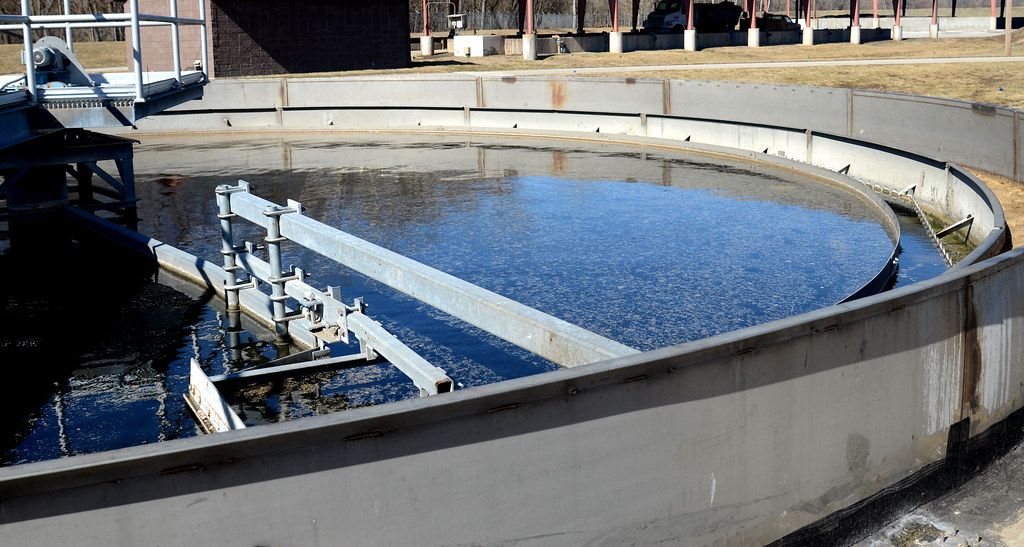New York City’s latest wastewater monitoring data shows early signs of a COVID-19 rebound in the Big Apple, according to a report.
gothamists A review of New York City’s official wastewater surveillance data on Thursday found a significant rise in the presence of the virus in the city’s wastewater.
All 14 of the city’s sewage treatment plants reported high concentrations of SARS-CoV-2, according to news outlets. These translate into more transmission or infection in the area.
The state health department confirmed to the media that the test positive rate, or the percentage of diagnostic tests that indicate infection, has recently increased. But then a positive test ceased to be a valid measure, as lab testing became less common after the pandemic was declared over.
The New York State Wastewater Monitoring Network reports all Wastewater monitoring data Collected by participating counties. The most recent update on May 21 showed “very high” concentrations of the virus in wastewater samples.
According to the website, a “high” ranking could mean a particular location has at least 50 or more cases per 100,000 people. Parts of Brooklyn, Staten Island, Queens and the Bronx have reported the sharpest upturn in recent weeks.
While the numbers may seem worrisome, New York City’s health commissioner and public health experts say it’s too early to tell based on preliminary data whether the city is witnessing a new full-blown wave of COVID-19.
“We do look at the wastewater data over time. We need to look at it a little bit over a longer time period to draw my important conclusions,” said Health Commissioner Dr Ashwin Vasan.
Meanwhile, Dr. Bruce Y. Lee, a professor at the CUNY School of Public Health, told Gothamist that wastewater data can only give an overall picture of the spread of the virus in the community. It doesn’t provide a clearer picture than lab test data.
More than a month ago, the US Centers for Disease Control and Prevention (CDC) announced that it would no longer track the spread of infection in different communities and updated its color-coded reports at different community levels.
But while the CDC will stop reporting at the community level, it will continue to track hospitalizations in different locations, similar to how it monitors other respiratory illnesses, such as the flu.
However, because hospitalization data often lags, public health officials say they will continue to conduct wastewater surveillance in the community and test air travelers for COVID.
Published by Medicaldaily.com


